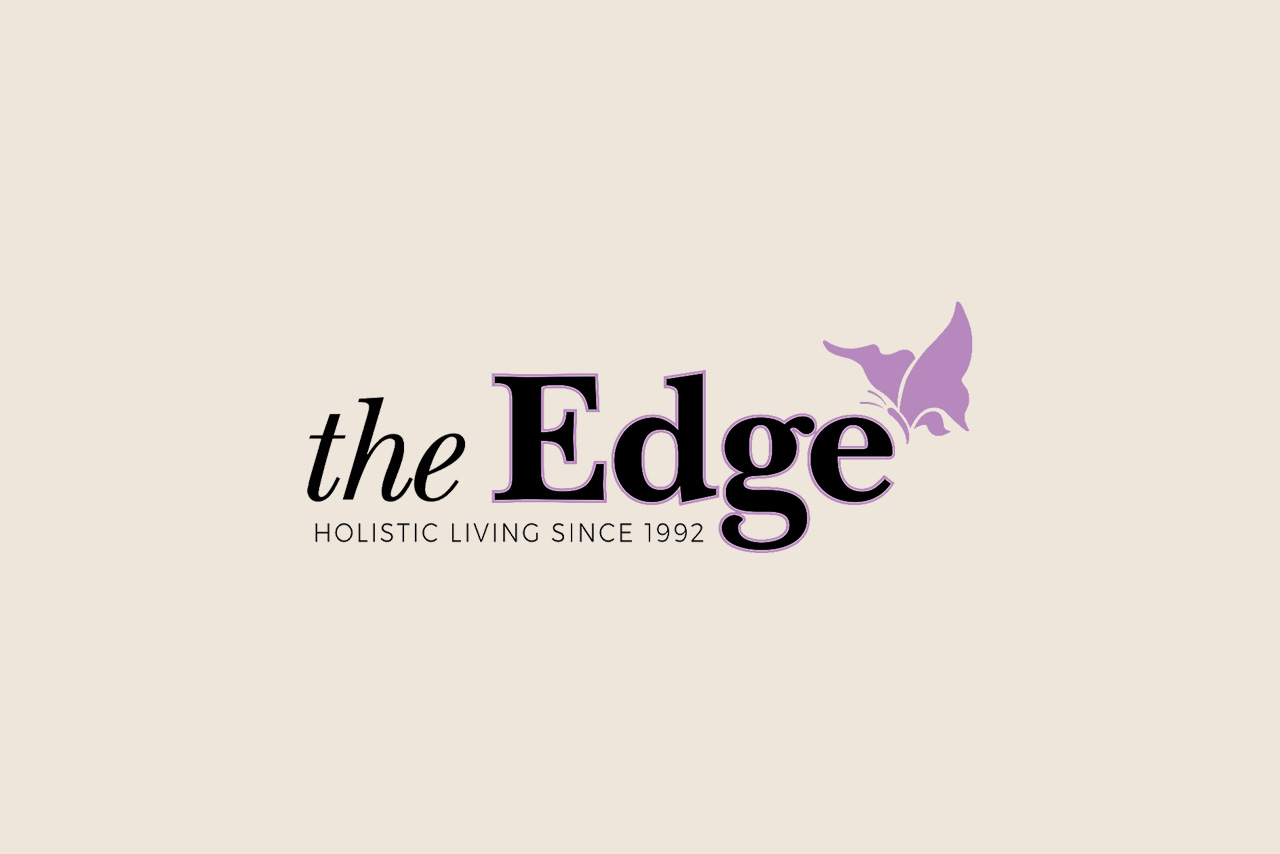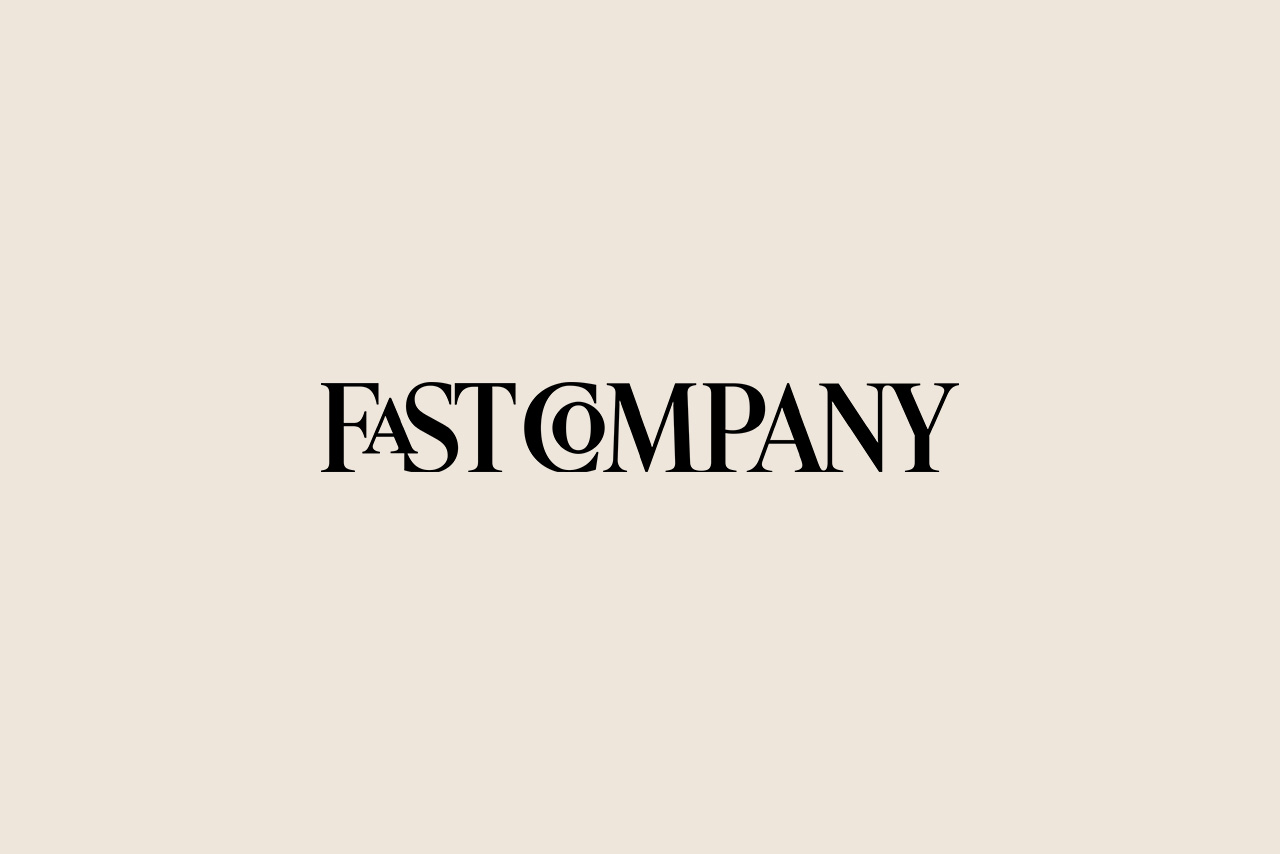
The need for recovery, re-set and re-design in our post-pandemic world
I have been working with individuals, teams and organisations who struggle with over work (to the point of overwhelm) for years, and never have I seen the need for a conscious, intentional change of pace as much as I see it now.
Many leaders, leadership teams and businesses have got caught in the perpetual habit of crisis response. This is understandable. Covid was not only a terrible crisis for many on a personal level, it also posed an existential threat to many businesses and institutions. And it affected us all in different ways. As we emerge from this, it can help to get crystal clear about what happened to our ways of responding and working during this time. Individually and organisationally. Many of the people I coach got caught in the crisis response pace of working – meaning that they felt compelled to respond immediately to almost all requests, worked long hours and were filled with adrenalin. This, as we all know, is not sustainable for our nervous systems – we get stuck in ‘fight, fright, freeze’ mode and become hyper-alert, hyper-responsive and even hyper-vigilant for threats. For many of us there’s a need to recognise this state and re-set our nervous systems – as individuals, leaders, teams and even whole organisations.
There’s a three-step process that I’ve been using with leadership teams and individuals that I’m coaching that has been proving useful.
Recovery
After any trauma there is a need to recover. This can take a long time and needs to be attended to at many levels. How are you giving yourself time to recover right now? What do you need? It may be a complete break. It may be a return to something a little less demanding workwise. It will be different for each one of us. But asking the question, reflecting on it, and giving yourself and your colleagues the chance to really recover will be powerful.
For some teams, especially those that have been really burnt by the pace and demands of covid, there is great value in a session of sense-making and listening. Just hearing each other’s stories, sharing and listening to each other’s experience – with no judgement, not trying to fix anything. Just talking, listening and bearing witness. This can have a profoundly healing effect. It can also help you to re-connect with each other as teams, and to notice personally the impact the last two years have had on you, whatever that has been.
Re-set
This is where you look at the pace of work that you and those around you have created over the past year or two.
Is it sustainable long-term?
Is it reactive or proactive?
The challenge for many teams is that working in crisis for teams (especially leadership teams) can be really rewarding and therefore hard to let go of. In a crisis, teams that don’t always work well together can become really effective. There is clear and purposeful leadership; decision making becomes quick and often centralised; difficult team dynamics get set to one side as team members work towards a common goal and there is a strong sense of belonging and connection as team members see each more often – often over long hours. When the crisis is over and organisations return to a less intense pace, some of this clarity, speed and connection gets dissipated as decisions become more consultative and the team’s goals are more dispersed, with multiple end points, stakeholders and layers of complexity.
As individuals and teams it can help to reflect on what habits have you fallen into.
If you notice that you are still working as if everything is a crisis, how can you re-connect to your core purpose, your values and your key priorities and set a pace that better reflects the demands of now? What or who has been excluded as a result of this way of working that can now be re-integrated?
Teams that spend time together reflecting together on their habits and pace of working and then consciously re-setting their intention and focus, in my experience are more likely to be able to change gear and set a sustainable pace.
Re-design
Once you have looked at your pace and habits and re-set them, how can you get clear and granular about how you can sustain them? The temptation to get caught up in a ‘crisis as usual’ way of working is strong – especially in such volatile times. What boundaries, structures and processes can you establish that will support you to focus on your priorities in service of your purpose?
Are there things from how you worked during the pandemic that you’d like to continue, but need to find a structure for?
With many teams, I’ve found it useful to create a “sustainable pace plan” outlining how team members will work together in a way that holds boundaries, role models positive working patterns and enables each person to routinely re-charge their batteries so that they can give of their best.
Post pandemic, we are given the rare opportunity to really re-think how we do work. I hope that we can take this time to really recover, re-set and re-design so that we can live and work sustainably. If you like what you’ve read here, you may enjoy my book, “The Art of Enough”, which you can purchase here.


